Optimal Timing for Water Treatments
Water treatments are most effective when performed at specific times to ensure optimal water quality and system longevity. The timing depends on factors such as seasonal changes, water usage patterns, and the type of treatment required. Proper scheduling can prevent issues like scale buildup, corrosion, and microbial growth, ultimately extending the lifespan of plumbing systems and appliances.
Spring is ideal for water treatments as it prepares water systems for increased usage during summer months, reducing the risk of buildup and corrosion.
Fall treatments help address mineral accumulation and prepare water systems for winter, preventing freezing and damage.
Performing treatments before peak usage seasons ensures water quality remains consistent and equipment functions efficiently.
Treatments after repairs or system upgrades restore water quality and prevent future issues.

Water treatment systems installed in residential and commercial properties.
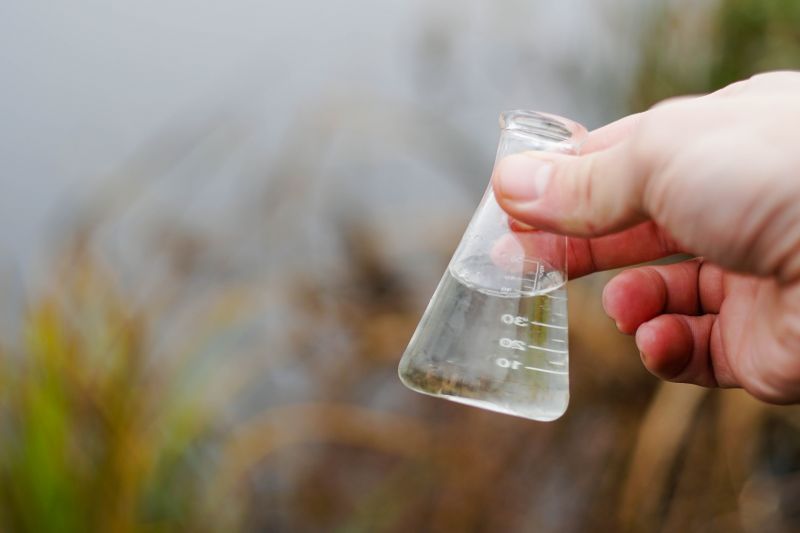
Samples being analyzed to determine water quality and treatment needs.

Clean, treated water ready for consumption and use.
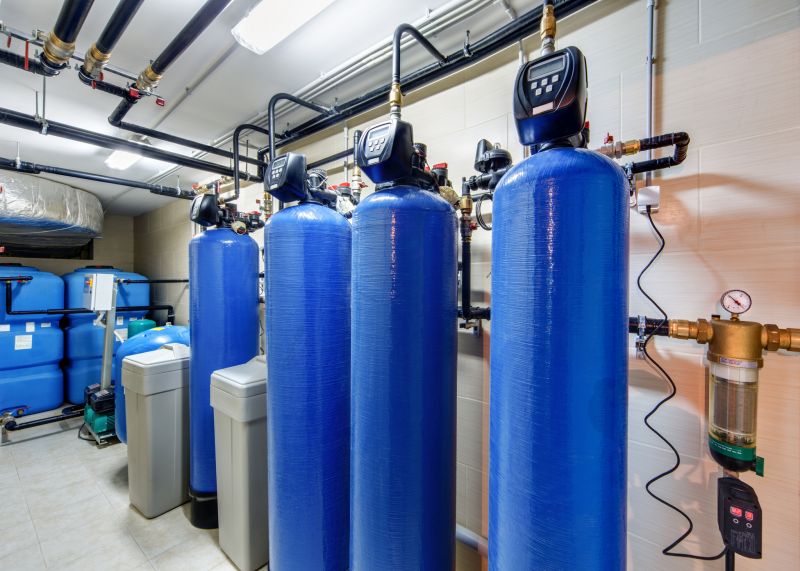
Ways to make Water Treatments work in tight or awkward layouts.

Popular materials for Water Treatments and why they hold up over time.
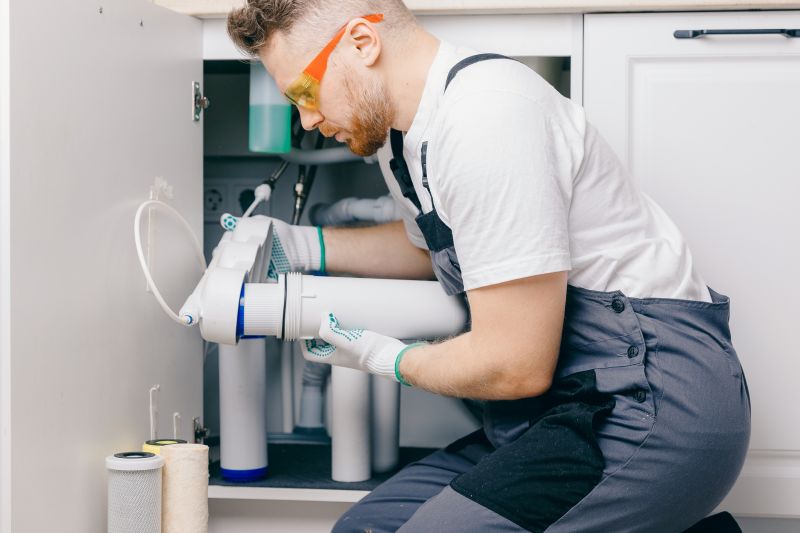
Simple add-ons that improve Water Treatments without blowing the budget.
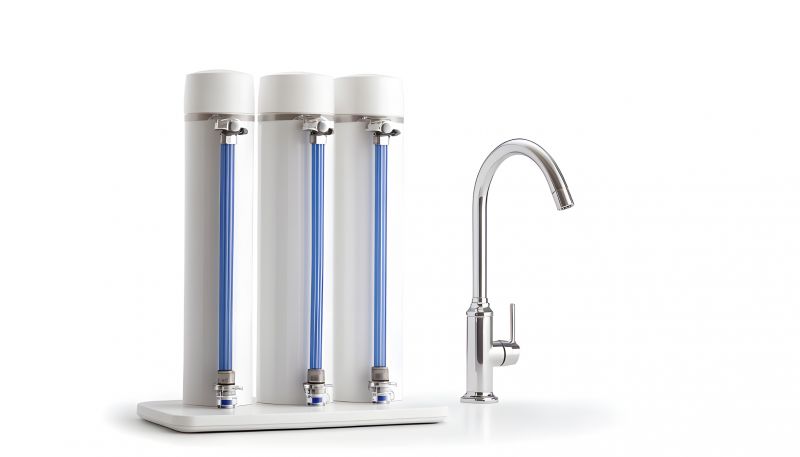
High-end options that actually feel worth it for Water Treatments.

Finishes and colors that play nicely with Water Treatments.
| Season | Recommended Treatment Timing |
|---|---|
| Spring | Before peak usage and warm weather |
| Summer | Mid-season checkups and maintenance |
| Fall | Pre-winter treatment to prevent freezing damage |
| Winter | Post-winter system inspection and treatment |
| Anytime | Following repairs or system modifications |
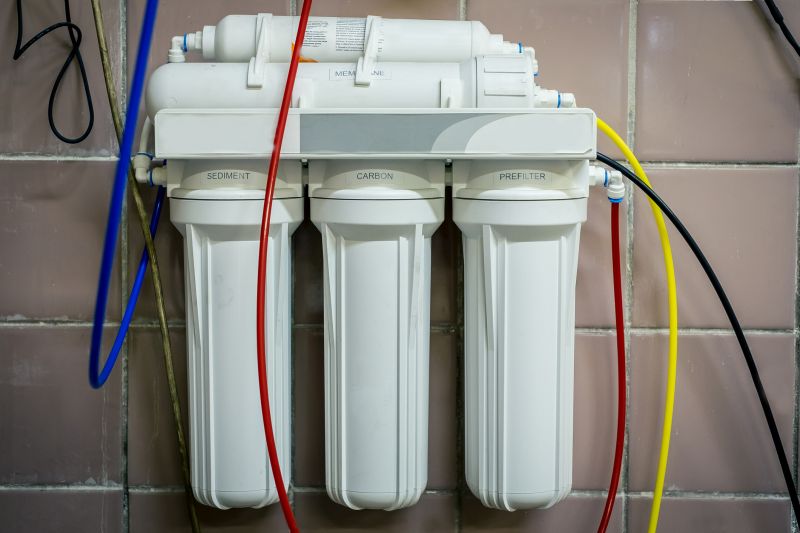
Filtration and chemical treatment in progress.

Analyzing water samples for quality assessment.
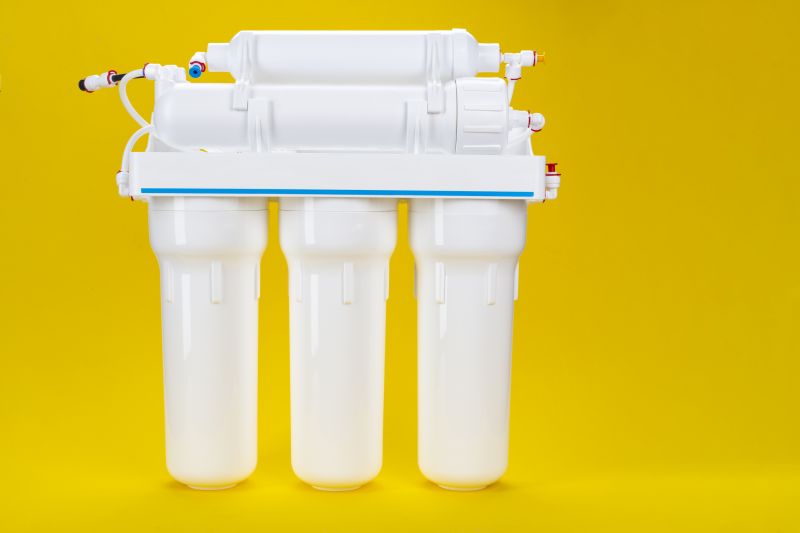
Valves, filters, and control units.

Clean water ready for use.
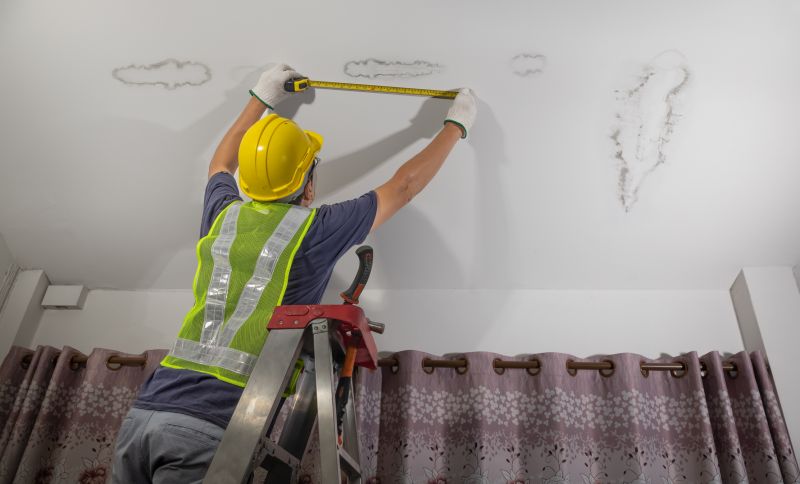
Little measurements that prevent headaches on Water Treatments day.
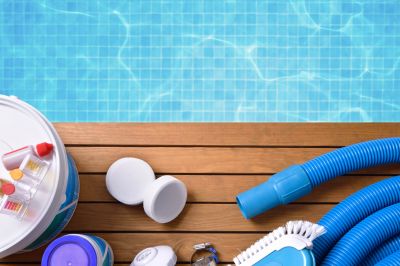
A 60-second routine that keeps Water Treatments looking new.
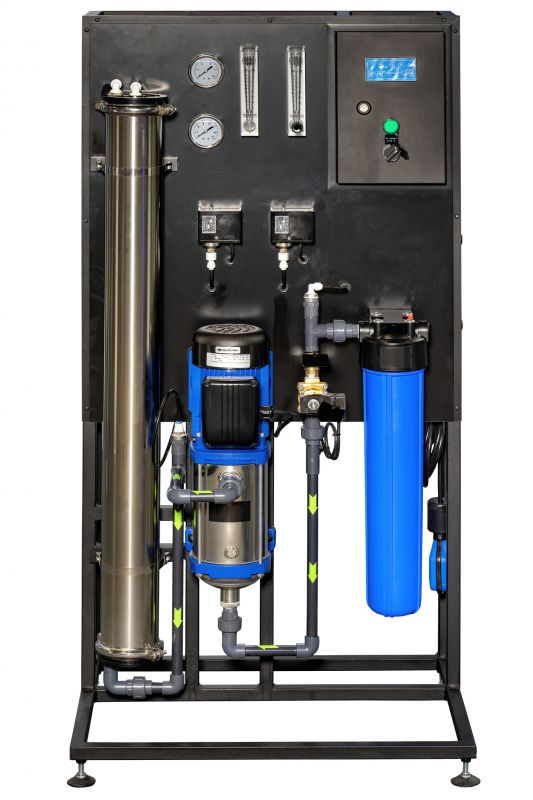
A frequent mistake in Water Treatments and how to dodge it.
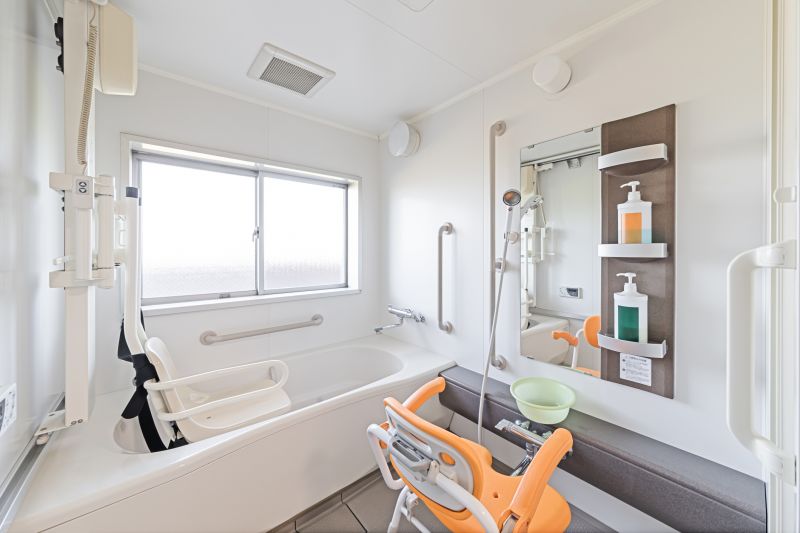
Small tweaks to make Water Treatments safer and easier to use.
Water treatments involve various processes such as filtration, chemical dosing, and mineral removal to improve water quality. These treatments help reduce contaminants, prevent pipe corrosion, and ensure the safety of drinking water. Regular treatments are essential for maintaining system efficiency and avoiding costly repairs caused by mineral buildup or microbial growth.
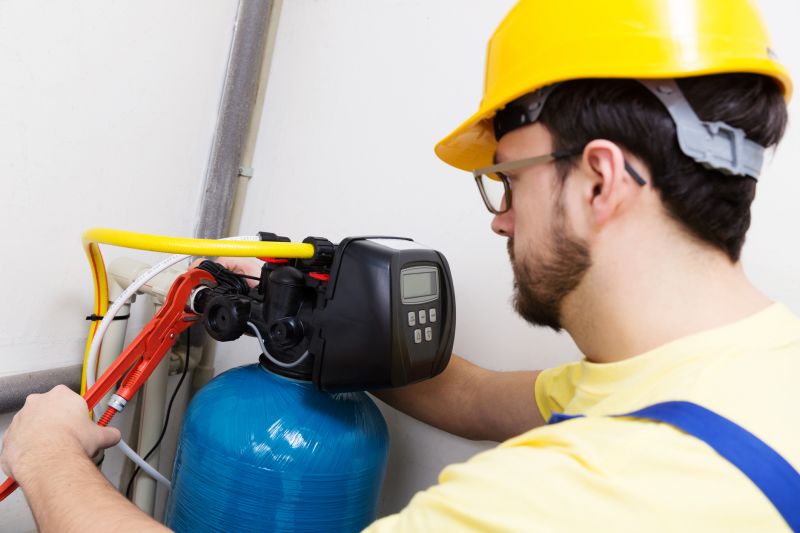
Professional setup of water purification units.
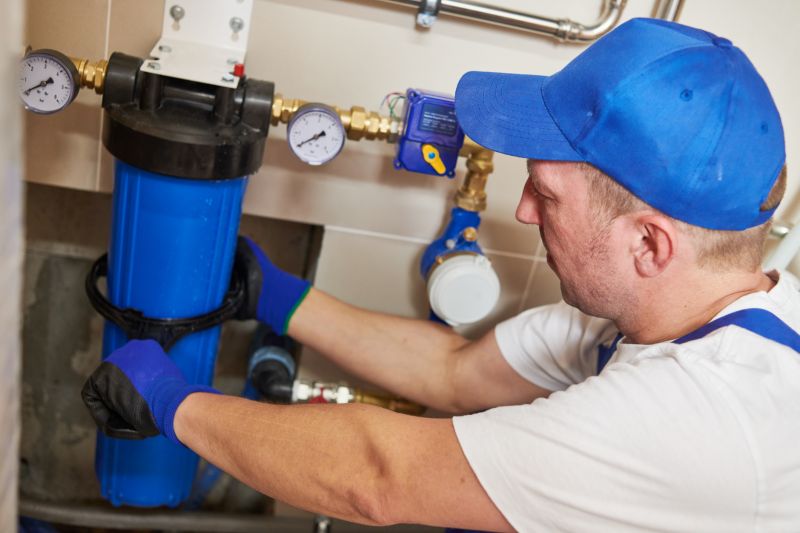
Laboratory analysis for accurate treatment planning.

Ensuring safe and clean water supply.
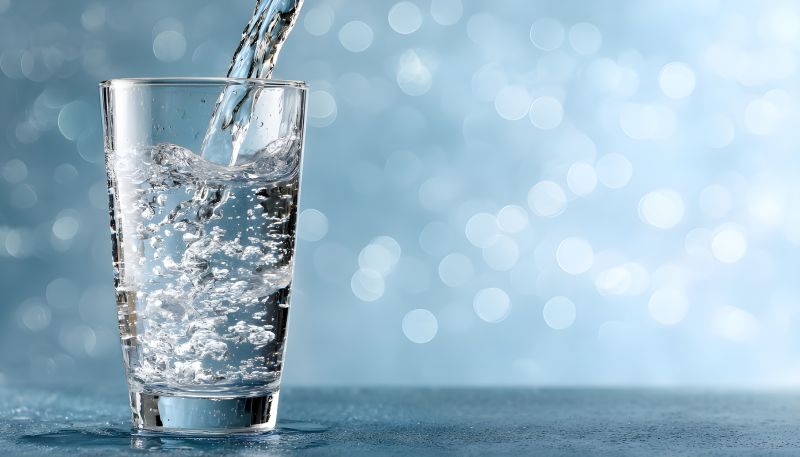
Lower-waste or water-saving choices for Water Treatments.
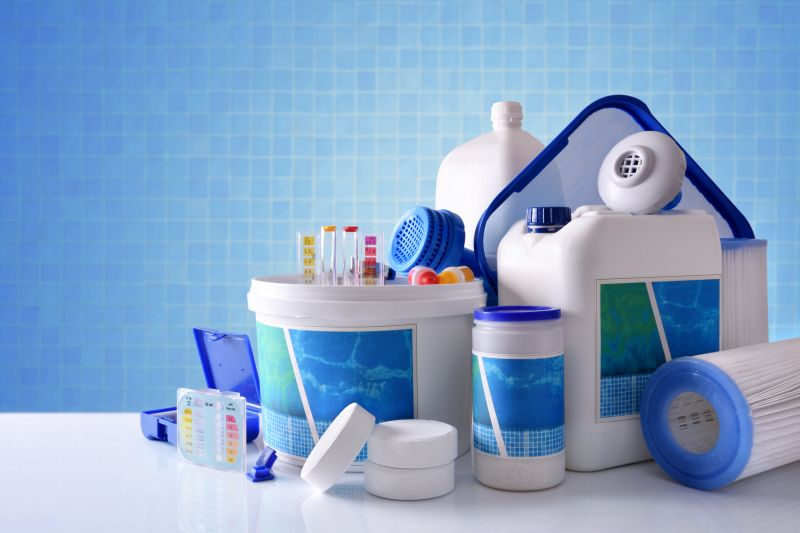
The short, realistic tool list for quality Water Treatments.
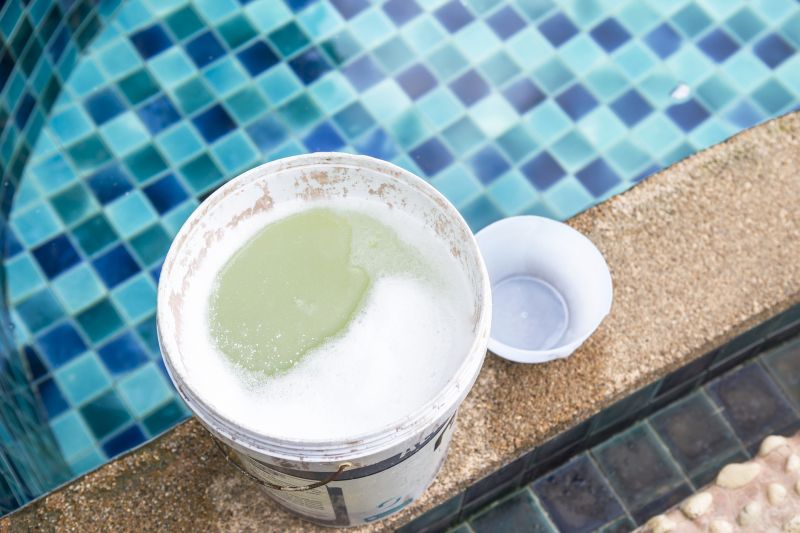
Rough timing from prep to clean-up for Water Treatments.
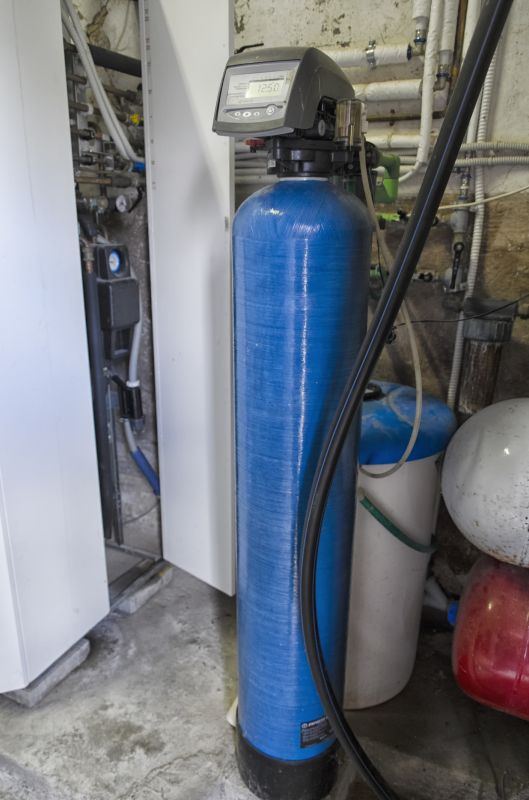
Quick checks and paperwork to keep after Water Treatments.

Examples that show the impact a good Water Treatments can make.
Interested parties are encouraged to contact for further information or to schedule a water treatment consultation. Proper timing and regular treatments can improve water quality and system performance effectively.

